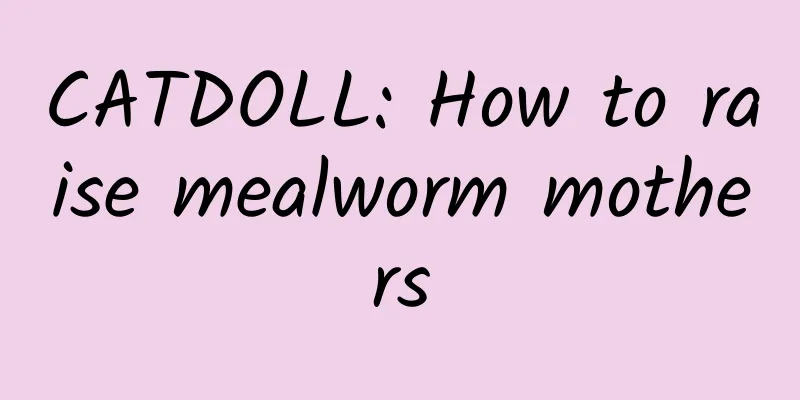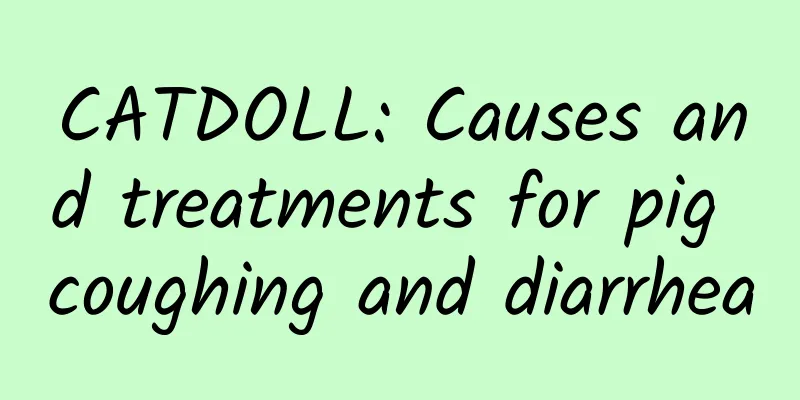CATDOLL : CATDOLL: How to raise mealworm mothers

How to raise mealworm mothers1. Requirements for insect breeding equipment : Cardboard boxes, pots, cement pools, etc. can be used. The inner wall must be smooth and more than 15 cm deep to prevent insects from crawling out. The ideal breeding equipment now is to use a square wooden box. I often use 100/50/10 cm wooden boards to nail a square wooden box, nail the bottom with plywood, and use wide tape to stick it all around to make the inner walls of the box smooth to prevent insects from crawling out. In addition, when moths lay eggs, you can nail a 10 cm wooden board and nail the bottom with 51 mesh wire mesh (used for screening wheat). Put the moth inside, and when laying eggs, extend its tail out of the wire mesh into the egg-laying box. You can cover the egg-laying box with bran to prevent damage to the eggs. How to use: Put a 10 cm square wooden box at the bottom, put a 10 cm iron sieve on it, put the moths to lay eggs in it, sprinkle bran, vegetable leaves, melon and fruit peels, etc., and let them eat freely. When spreading feed, it should not exceed 1 cm, so that the tail of the moth will not be able to stretch out of the iron sand net when laying eggs. When the moth lays eggs for about 7 days, change the egg-laying box. The egg-laying box should be placed separately, and be careful not to squeeze the eggs to avoid damage. When the eggs hatch into larvae, there is no need to add feed at this time. The bran in the original egg-laying box is enough for the larvae to eat. As the insects grow up, add feed in time according to the actual situation, and sieve insect feces regularly. 2. Requirements for feed : Mealworms eat a wide range of food sources. In artificial breeding, there is no need to study feed too much, but in order to produce mealworms as quickly as possible, wheat bran, cornmeal, bean cake, carrots, vegetable leaves, melon and fruit peels, etc. should be added. There are also compound feeds for chickens to increase nutrition, but 60% of wheat bran is appropriate. The compound feed ratio used in our farm is: 80% wheat bran, 10% cornmeal, and 10% peanut cake powder. The proper combination of various foods is beneficial to the growth and development of mealworms and saves feed. 3. Temperature requirements: Yellow mealworms are relatively cold-resistant. Mature larvae can tolerate -2℃ during the winter, while young larvae die in large numbers at around 0℃. 2℃ is its survival limit, 10℃ is the starting point of development, and it hibernates above 8℃. 25℃-30℃ is the suitable temperature range. It grows and develops fastest at 32℃, but it is easy to get sick if it is in high temperature for a long time, and it will die of heat if it exceeds 32℃. The above temperatures refer to the internal temperature of the insect body. For larvae above 4th instar, when the air temperature is 26℃ and the moisture content of the feed is 15%-18%, the group temperature will be 10℃ higher than the surrounding environment (that is, 26℃ air temperature) plus 10℃ group temperature is equivalent to 36℃. Measures should be taken to cool down in time to prevent it from exceeding 38℃, especially in hot summer. 4. Requirements for humidity: Mealworms are drought-resistant and can survive in feeds with a moisture content of less than 10%. In a dry environment, they grow slowly, their bodies become lighter, and a lot of feed is wasted. The ideal moisture content of feed is 15%. Humidity is 50%-80%. If the moisture content of feed exceeds 18% and the air humidity exceeds 85%, growth and development slow down, and they are prone to disease, especially moths. If the breeding room is too dry, sprinkle water. If the humidity is too high, ventilate in time. The moisture content of the mealworm body is 48%-50%. 5. Light requirements: Yellow mealworms are originally warehouse pests. They are afraid of light and active. They are active day and night, which means they do not need sunlight. Female adults lay more eggs in darker light than in strong light. 6. Mealworms do not have high requirements for breeding sites. Indoor breeding must be rat-proof, bird-proof, gecko-proof, ant-proof, etc., and must be protected from direct sunlight, air pollution, and excessive noise. Also pay attention to ventilation, and the temperature in all seasons should be controlled between 20 degrees and 35 degrees. It is best to build a greenhouse semi-underground, because the semi-underground greenhouse can effectively maintain temperature and greatly save heating costs. The advantages of a semi-underground greenhouse are low cost and easy construction, and it has the effect of warming in winter and cooling in summer. |
<<: CATDOLL: What are the techniques for breeding fly maggots?
>>: CATDOLL: Sharing of technical experience in earthworm breeding, take a look
Recommend
CATDOLL: The best guide to raising rabbits with your phone: Make your phone a pet raising tool
In modern society, mobile phones have become an i...
CATDOLL: What kind of freshwater fish is this?
This fish is called: Turtle Shell Climbing Perch,...
CATDOLL: Kelp Seedling Formula
1. Kelp Seedling Formula 【Cold kelp sprouts】 1. P...
Personality characteristics of European Shorthair cats
Personality traits of European Shorthair cats: 1....
What is the difference between a Siberian Forest Cat and a Maine Coon Cat?
1. In terms of body size, the Siberian Forest Cat...
CATDOLL: Can EM bacteria be used to grow honey?
1. Can EM bacteria be used to grow honey? Scienti...
CATDOLL: Will earthworms die if kept in water? Why? (Will earthworms die if kept in water? Video)
1. Will earthworms die if placed in water? Earthw...
CATDOLL: How long does a koi usually live?
What is the average lifespan of a koi? The lifesp...
CATDOLL: Profit and cost analysis report sample of earthworm farming (profit and cost analysis report sample of earthworm farming)
1. What are the costs and profits of earthworm fa...
CATDOLL: How to breed white jade snails in the wild
Snails are common animals with a wide distributio...
CATDOLL: Does Ukraine sell more weapons to the Turks, or does Russia sell more?
Does Ukraine sell more weapons to the Turks, or d...
CATDOLL: What are the hazards of chicken manure to fish?
Basically, there is no harm, but it is beneficial...
CATDOLL: Help me. Review materials for junior high school biology and geography. Please be detailed. No questions, just the outline.
Junior high school biology examination review out...
CATDOLL: Crab farming technology and management, what conditions are needed for farming
1. Crab farming technology and management, what c...
CATDOLL: Are wasps poisonous?
1. Are wasps poisonous? Wasps are poisonous. Wasp...









